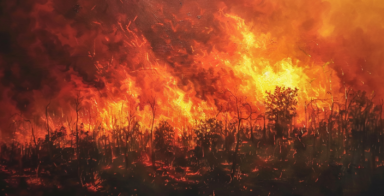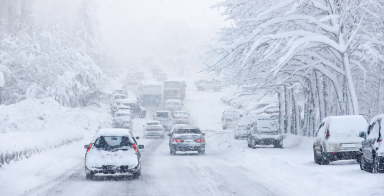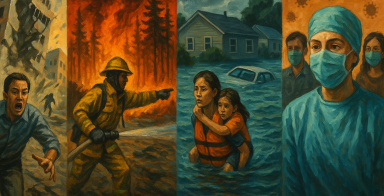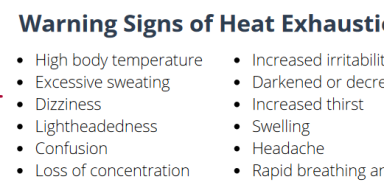Extreme weather can arise quickly and pose several significant and sometimes overlapping health and safety issues. One in three Canadian adults has experienced a major weather-related disaster or emergency (Government of Canada, 2023). The Government of Canada (2023) reports that we live “in a period of rapid climate change,” and high-risk weather is becoming severe, longer, and more frequent across Canada.
Preparation helps to comply with legislation and better respond. Emergencies can happen anywhere. The hazards you need to prepare for depend on your location in British Columbia, so the first step is to identify your hazards. The following resources provide health and safety information on:
- emergency response planning
- storms
- floods
- hot environments
- wildfire smoke
These resources can help employers keep their staff safer in extreme weather conditions.

















